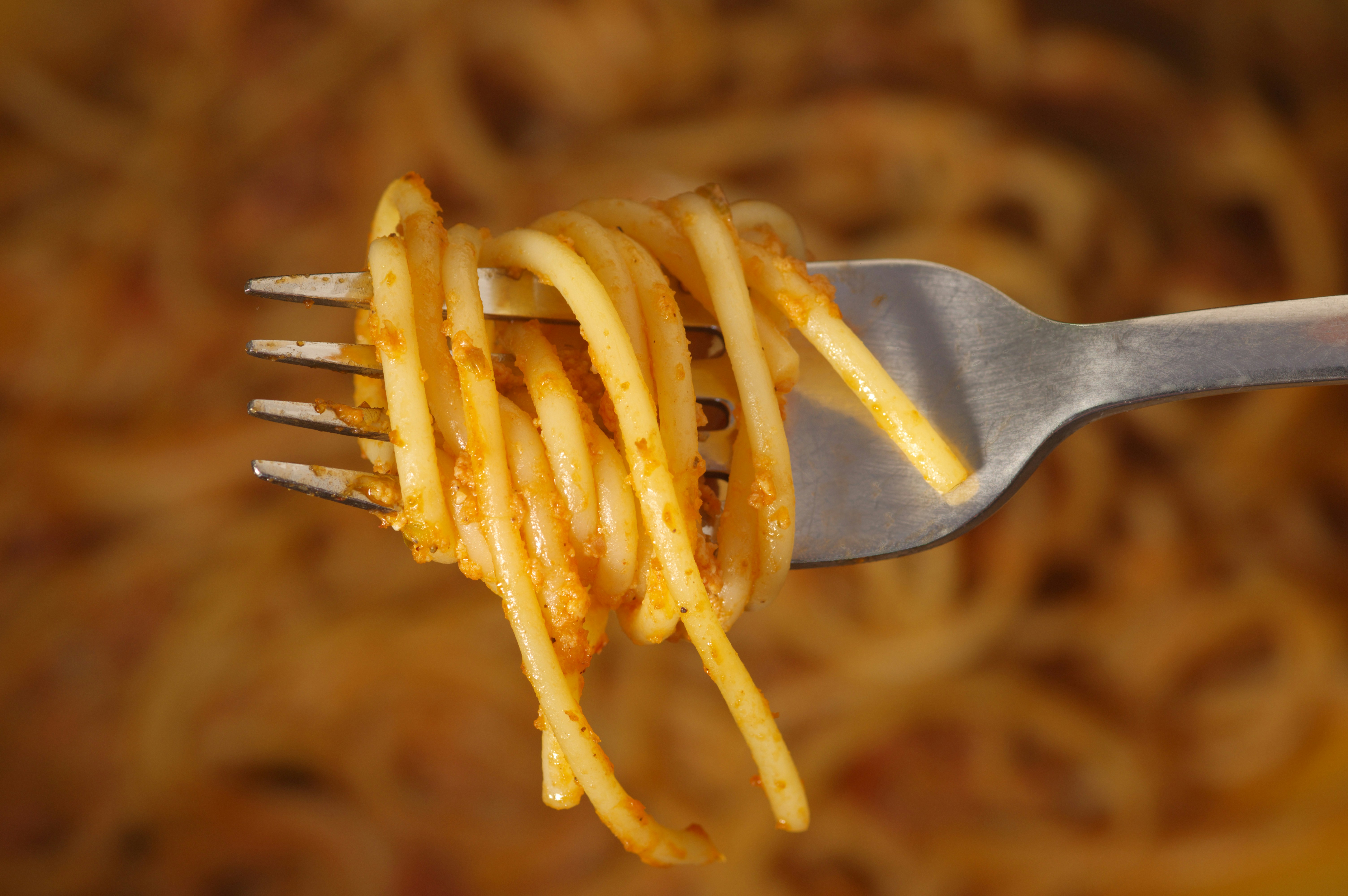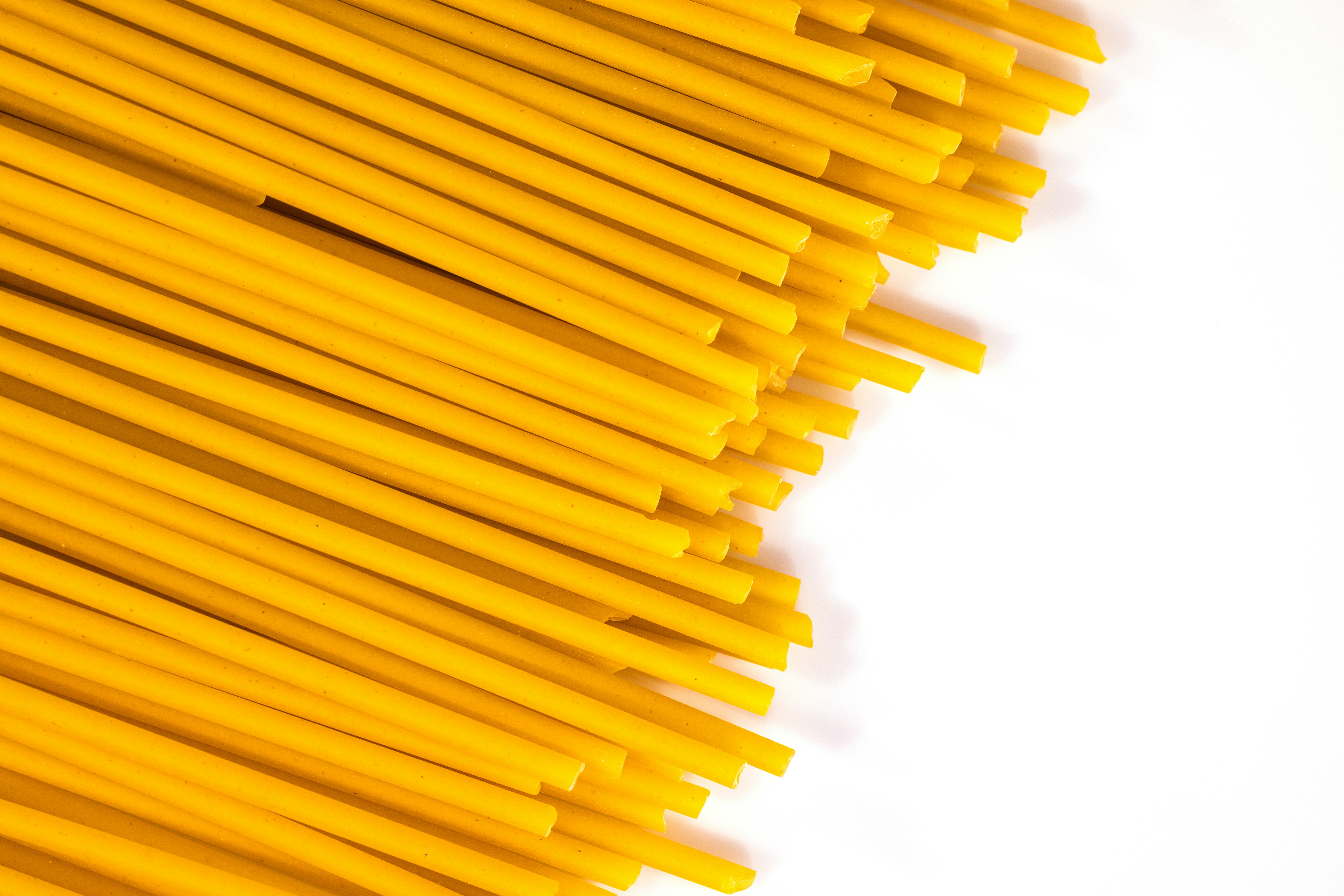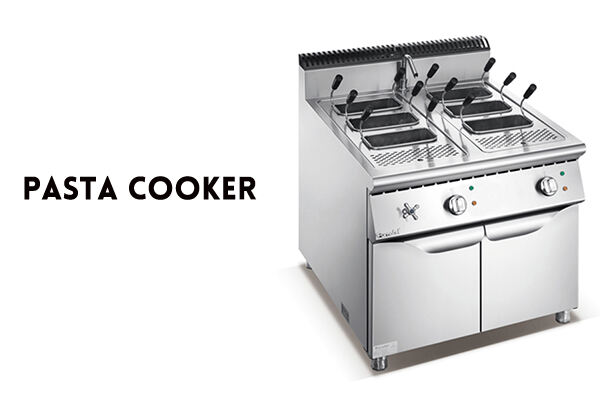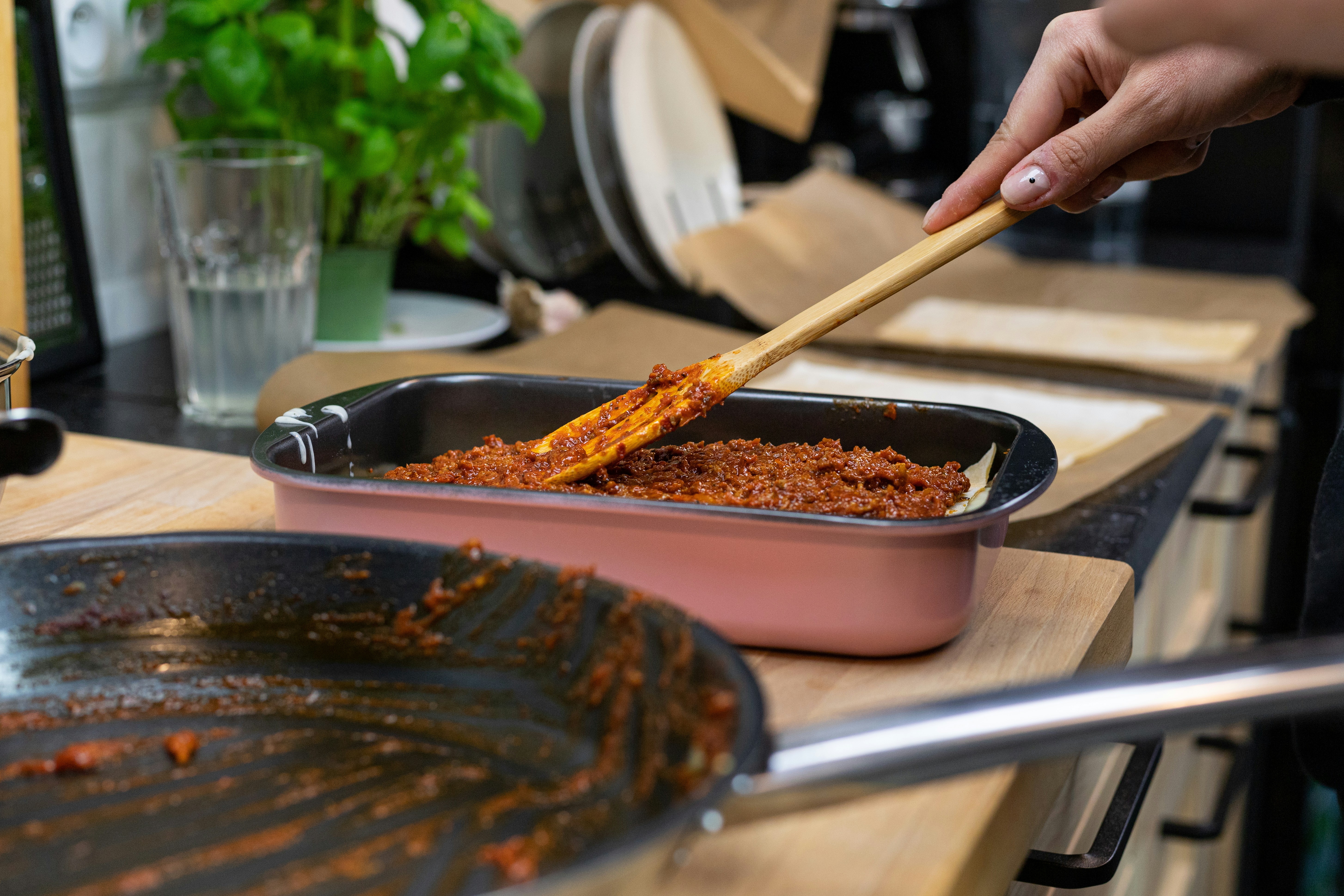News
Pro Chef’s Guide: How to Cook Pasta in a Commercial Kitchen
If you want to make your restaurant stand out in the highly competitive catering business with top-notch pasta dishes, it means cooking pasta isn’t just about boiling noodles—it’s a science of precision, efficiency, and flavor mastery. Whether you’re running a high-end Italian restaurant or a fast-casual pasta bar, nailing the perfect dish requires the right techniques, tools, and timing. Let’s dive into the secrets that set professional kitchens apart.

Selecting Pasta for Commercial or Restaurant Cooking
Choosing the right pasta is the foundation of a standout dish. In commercial settings, durability and texture are key. Durum wheat semolina pasta is a top pick for its high gluten content, ensuring it holds up under high-heat cooking and retains an al dente bite even during busy service hours.
Shape matters too! Tube pastas like rigatoni trap chunky sauces, while flat varieties like tagliatelle pair with creamy or oil-based dressings. Always match the pasta’s surface texture (ridged vs. smooth) to the sauce’s viscosity for optimal adherence—a pro tip to elevate dish consistency.
For specialty dishes like stuffed ravioli or delicate angel hair, opt for fresh pasta made with '00' flour blended with semolina—this combination balances elasticity and firmness, preventing breakage during boiling.

Efficient Pasta Cooking Process for Commercial Kitchens
1. Strategic Batch Prepping
In high-volume environments, pro cooking equipment like commercial electric pasta cookers enables chefs to par-cook pasta to 80% doneness. This involves boiling dried spaghetti or penne in a pasta cooking vessel for 60% of the package’s recommended time, then shocking it in a 50/50 ice-water bath. The rapid cooling halts starch gelatinization, preserving the ideal al dente texture. Portions are then stored in oil-lined containers (1 tsp olive oil per 500g) to prevent clumping. During service, reheating takes 90 seconds in boiling water – a 300% faster method than cooking raw pasta on demand.

2. Multi-Pot Orchestration
Professional kitchens deploy 3 types of cooks equipment simultaneously:
- Countertop electric pasta cookers (6-8 gallon capacity) for delicate fresh noodles
- High-BTU gas pasta cooker stations for thick shapes like rigatoni
- Induction-powered pasta cooking vessels with timers for precision boiling
This setup allows concurrent preparation of 12-15 pasta varieties. Chefs sync how long to boil pasta using waterproof digital timers – 8:30 minutes for dried fettuccine vs. 2:15 for fresh tagliatelle. Water salinity is maintained at 1.5% (15g salt/liter) across all pots for consistent seasoning.
3. Sauce Synchronization Tactics
Temperature-controlled bain-marie systems (integrated into pro cooking equipment) keep sauces at ideal viscosities:
- 65℃ for butter-based sauces
- 85℃ for meat ragù
When cooking spaghetti pasta, chefs reserve 2 cups of starchy water per batch. This liquid gold adjusts sauce thickness without cream – 50ml binds carbonara sauce, while 30ml emulsifies pesto. The technique reduces ingredient costs by 18% while enhancing flavor cohesion.

4. Assembly Line Optimization
A Michelin-star-worthy workflow requires:
- Boiling Station: 2-3 electric pasta cookers with automatic basket lifts
- Sauce Hub: Tilt skillets adjacent to boiling stations
- Finishing Zone: Pre-chilled plating surfaces with mise en place
During testing, this layout reduced ticket times by 22% – cooks can plate 40 portions of cooked pasta hourly vs. 25 with traditional setups. Cross-trained staff rotate stations every 90 minutes to maintain peak efficiency.
5. Rush-Hour Tool Mastery
Invest in these game-changers:
- Perforated baskets with 10mm holes (drains 30% faster than standard colanders)
- Insulated pasta cooking vessels that maintain boil during lid removal
- Calibrated portion scoops (200g ±5g accuracy for cooking spaghetti pasta)
Pro Tip: For how to cook the spaghetti noodles perfectly during rushes, dedicate one commercial electric pasta cooker exclusively to long shapes – their higher surface area requires precise 8.5-minute boils.

Why This Works
This system leverages pro cooking equipment while respecting pasta science:
- Starch preservation from controlled boiling
- Energy efficiency via electric pasta cooker auto-shutoff features
- Consistent results meeting QSR standards
Restaurants using this method report 27% fewer remake requests and 15% higher pasta dish profitability.
Pasta Cooking FAQs
- Q: Why do we save some pasta water before draining?
- A :Starchy pasta water helps emulsify sauces and adjust thickness. It's a pro kitchen trick to enhance flavor cohesion without added cream.
- Q: How long does pasta take to cook?
- A :Dried pasta cooks in 8-12 minutes (check package instructions), while fresh pasta requires just 1-3 minutes in a commercial electric pasta cooker.
- Q: How long does cooked pasta last in the fridge?
- A :Properly stored in airtight containers, cooked pasta stays fresh for 3-5 days. Always reheat in a pasta cooking vessel with boiling water.
- Q: Can you cook pasta in the microwave?
- A :While possible for small batches, commercial kitchens avoid microwaves – electric pasta cookers ensure consistent results for 50+ portions.
- Q :What's the serving temperature for pasta?
- A: Serve immediately at 160°F (71°C+) using heated plates. Pro equipment like countertop warmers maintains ideal temps during rush hours.
- Q :How do you keep pasta from boiling over?
- A :Use oversized pasta cooking vessels and add 1 tbsp oil to water. Commercial electric pasta cookers have automatic boil-over prevention.
- Q :How to cook different pasta kinds together?
- A :Use multi-pot systems: gas pasta cookers for thick shapes, electric units for delicate types. Always stagger start times based on cooking durations.
 After-Sales:
After-Sales:
 EN
EN
 AR
AR
 HR
HR
 NL
NL
 FI
FI
 FR
FR
 DE
DE
 EL
EL
 HI
HI
 IT
IT
 PT
PT
 RO
RO
 RU
RU
 ES
ES
 TL
TL
 ID
ID
 SL
SL
 VI
VI
 ET
ET
 MT
MT
 TH
TH
 FA
FA
 AF
AF
 MS
MS
 IS
IS
 MK
MK
 HY
HY
 AZ
AZ
 KA
KA
 UR
UR
 BN
BN
 BS
BS
 KM
KM
 LO
LO
 LA
LA
 MN
MN
 NE
NE
 MY
MY
 UZ
UZ
 KU
KU









